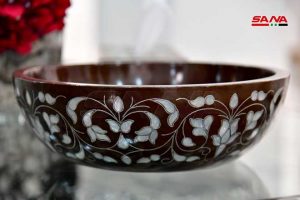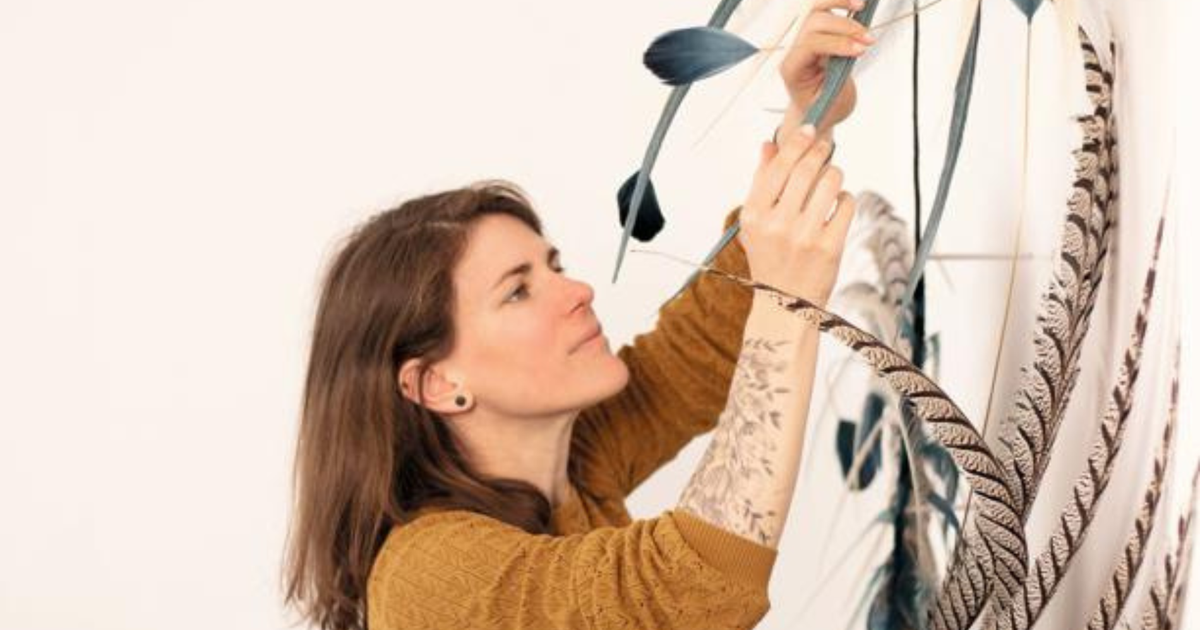Damascus-SANA
Various models of traditional wooden crafts, including Damascene paintings and miniatures, and home furniture, in addition to antiques, handicrafts and embroidery, included in the exhibition hosted by the Arab Cultural Center in Kafr Sousa.
What is remarkable about most of the works of the exhibition, which was held in cooperation with the Syrian Al-Wafa Association for Development, the Orient House for Heritage, entitled (Damascus Paint), was created and perfected by people with disabilities.
Ramal Saleh, Director of Al-Wafa Association, indicated that the association always calls people with disabilities the title (Able to Love You), and it seeks to show their creative and artistic side, pointing out that the purpose of the exhibition, in addition to its human side, is to revive and preserve our heritage and historical identity.
The craftsman Maher Bozo said in a statement to SANA that the Damascene painting craft is 1400 years old and extends to the Umayyad period. The first work was in Jerusalem and then moved to Damascus, where the Umayyad Mosque embraced the first paintings of this craft to spread later in most Damascene houses, explaining that the word paint means decorations and inscriptions. On ceilings and walls, as mentioned in the Dictionary of Levantine Industries by Muhammad Saeed Al Qasimi.
As for the craftswoman, Samar Abbasi had the talent since childhood, and although her hearing disability led to her dropping out of school in the preparatory stage, she learned drawing at the Adham Ismail Center and was one of the distinguished in it and participated in a number of exhibitions by drawing on decorative panels.
The craftsman Alaa Dahman practiced the craft of downloading wood and tin onto wood, indicating that the materials he uses are sea and river shells, municipal walnuts, and tin thread. to the Umayyad period.
Naima Suleiman, Director of Damascus Culture, told SANA that the directorate works to support craftsmen and artists working in the intangible heritage to show the bright face of our country and our culture in cooperation with civil associations that constitute an important back-up for government institutions in the dissemination of art, heritage and creativity.
Bilal Ahmad
Follow Sana's news on Telegram https://t.me/SyrianArabNewsAgency












/cloudfront-eu-central-1.images.arcpublishing.com/prisa/KMEYMJKESBAZBE4MRBAM4TGHIQ.jpg)


